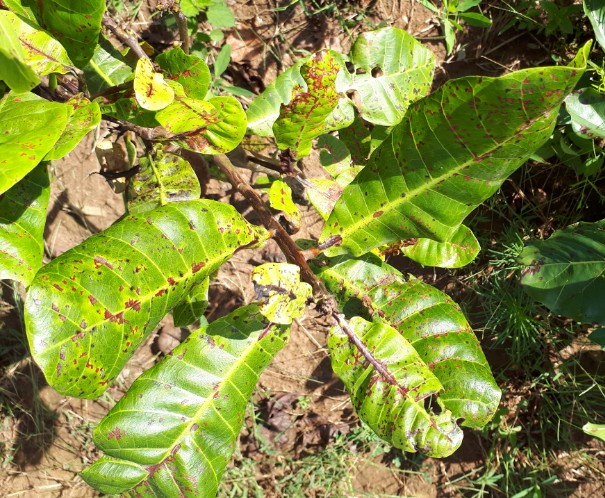I am in West Africa trying to plant jatropha curcas among other things as part of a living fence and we have had what looks like a lot of them die this year. We are planning in a long line with 1m spacing. We planted from seed in sacs and then transplanted after 1-3 months into their permanent location. Pits were dug about 1ft cubed at the end of dry season/beginning of rainy season to transplant into.
We’ve had an unusually large failure rate and I’m not sure why. Is it a soil problem or insect problem? Many of the stalks look unhealthy with different leaf colors and some looking like they are just shriveling up and dying. Soil is mostly lateritic clay with gravel with varying amounts of sand. Because of a miscommunication, each pit had 2 large handfuls of wood ash mixed into the local soil to raise the pH a bit. pH of local soil before wood ash was added varied between 4-6.5.
Any ideas of what is happening and what we can do to amend or fix the issue would be fabulous.
Good looking Jatropha


Anyone know what kind of insect this red and black looking cricket is?
Many of the plants look like this stalk above with all the leaves gone but are varying sizes anywhere from 6" to about 3ft tall.
Below I’m including a couple pictures of cashew trees planted in the same area that are showing what look like similar discoloring.

This article may be helpful with identifying the actual diseases or pests, but not that helpful in managing them http://www.tropicultura.org/text/v30n4/222.pdf. Another one that may be helpful, but I have not read through is https://core.ac.uk/download/pdf/12107375.pdf.
It looks to me like some of the pictures have beetle damage (and beetles) that are not mentioned in the articles above. I tried to find what kind of leaf beetle attacks Jatropha, but only came up with this site https://jatropha.pro/diseases/ which if you scroll down they have a picture of “Aphtonia dilutes” that looks similar. Unfortunately, that name does not really seem to lead any where on google, making me question whether it is correctly identified. I did find that leafy spurge (a weed in the same family as Jatropha) is controlled by using a beetle called Aphthona, so maybe the spelling is part of the issue.
The pictures of patchy damage on leaves, with small red-brown beetles present, really look like the Aphthona beetles David referred to. The damage on those pictures looks much like typical flea beetle damage - tissue stripped off leaves, but not fully chewed through. When disturbed, do the little beetles hop? They would very likely be flea beetles if they do.
From the info I can find, it looks like at least three Aphthona species may be responsible for damage in plantings of Jatropha in Africa. All of the species in the genus (and there are many) are likely to feed on Euphorbitaceae. While the leaf damage looks bad, flea beetle larvae of many/most species feed below-ground on the roots of their host plants, which is how Aphthona kill the leafy spurge weeds David referred to. For some plants, the root damage is far more severe a threat than is the leaf damage.
Might it be possible to look at the root system of one or some plants, to see if there appears to be root pruning or tunneling? You might see “scratches” on the roots, or brown, “worn” patches along the root or at the tips of roots. I would guess that leaf symptoms such as yellowing or scorching, as pictured, could be related to root damage in a heavy infestation, and some of those leaves look heavily infested. Searching on roots or in soil around infested plants, you might also find the larvae, which will be small, white grubs (Google “Aphthona larvae” and look at images there). Size would be about the same as the adult beetles.
On a good note, since cashews are not Euphorbitaceae, they should not be affected by this pest.
If this is a helpful start in identifying the problem, I would be happy to help more!
2 Likes












